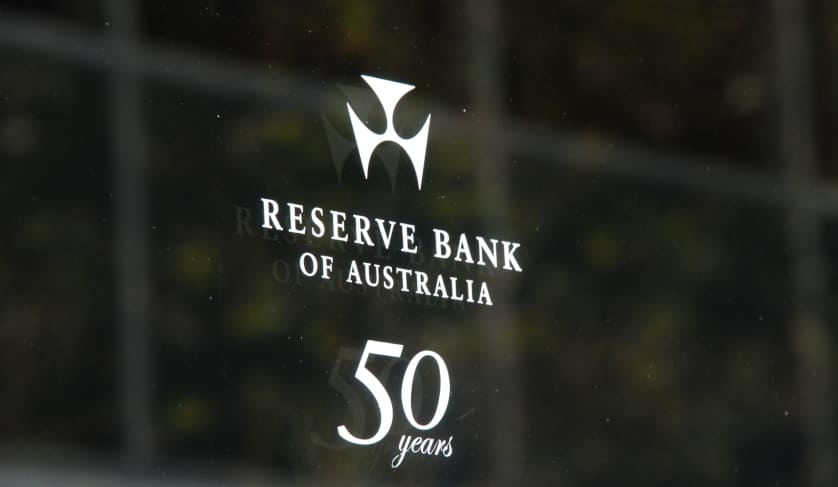RBA reveals cash rate decision - December 2017
The cash rate for December has been announced by the Reserve Bank of Australia following its regularly scheduled monthly board meeting.

Surprising no one, the RBA has once again decided to hold the cash rate at 1.5 per cent, a move that many have predicted.
Many experts anticipated this result. Every expert on the finder.com.au panel predicted for the rate to hold; HashChing recorded 91.3 per cent across its broker network predicting a hold; and RateCity’s analysis of 24 economic indicators predicted that, in a slow-moving economy, the cash rate is unlikely to change anytime soon.
Mortgage Choice’s John Flavell said that the decision to keep the rate on hold was indicative of a thriving economy.
“The latest data would suggest the Australian economy is performing relatively well at the moment and doesn’t need to be helped or hindered by a change to the cash rate. Property price growth has stagnated across Australia, which is line with expectations,” Mr Flavell said.
“At the same time, consumer sentiment took a bit of a tumble, with pessimists once again outweighing optimists. In addition, inflation is currently sitting at 1.8 per cent, slightly below the Reserve Bank’s target band range of 2 [to] 3 per cent.
“When you look at all of this economic data, it is clear that the Reserve Bank of Australia’s decision to leave the cash rate on hold for an extended period of time is having the desired effect on the economy.”
The Housing Industry Association’s Shane Garrett reciprocated this belief, claiming that Australia needs interest rates to stay at their current level.
“General inflationary pressures are well under control, but several components of demand are below par and need a supportive interest rate backdrop,” Mr Garrett said.
Tim Lawless from CoreLogic argued that a hold would be the best course of action, and any attempts to raise the cash rate would result in slower economic growth due to a subsequent rise in mortgage rates.
“Considering the record levels of household debt, most of which is concentrated within residential mortgages, higher interest rates will test household balance sheets, which are already thinly stretched,” Mr Lawless said.
“Households are already clamping down on spending which is evident in the weak retail spending figures occurring against a backdrop of record-low wages growth.
“At this point, it is highly likely that an increase in the cash rate, and subsequent rise in mortgage rates, would further dampen household consumption, which in turn would likely lead to slower economic growth.”
Economist Shane Oliver, however, can see a rate hike on the horizon, but not anytime soon.
“Strong business conditions, strong employment and the RBA’s own expectations for stronger growth point to an eventual rate hike but low inflation, record low wages growth, the slowing housing cycle, uncertainty around consumer spending and the still too high [Australian dollar] argue for flat or even lower rates,” Mr Oliver said.
“So, the outcome is likely to be on hold for the 16th month in a row.”
RateCity’s Sally Tindall can also see a rate hike, and believes that it could occur before the end of 2018.
“While we won’t see a rate hike in the short term, if inflation starts to grow in the first half of next year, we may see a tightening of monetary policy before 2018 is out,” Ms Tindall said.
Others like ABC Bullion’s Jordan Eliseo are seeing the next change in the future to be a cut.
“The RBA will be happy to sit tight as we approach Christmas and monitor incoming data,” Mr Eliseo said. “With housing starting to roll over, retailers facing a tough holiday period and a stubbornly high Australian dollar, we remain confident that their next move will be a cut, but this will take time to play out.”

